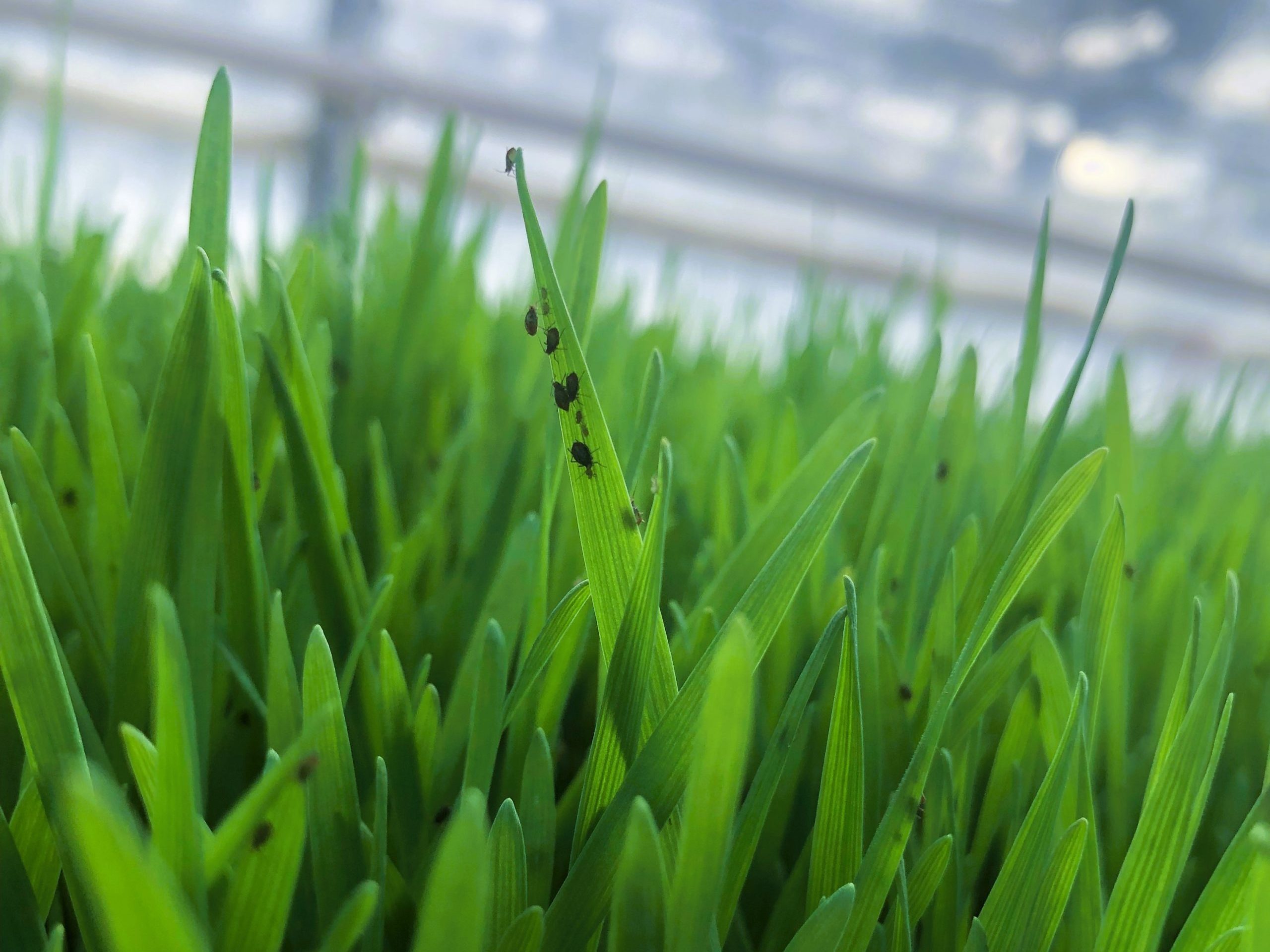
Harnessing the Power of Cereals: Using Wheat, Oat, or Barley as Banker Plants for Aphid Control
Introduction to Cereals as Banker Plants
In the intricate dance of greenhouse pest management, the strategic use of banker plants emerges as a powerful tool for maintaining balance and harmony within the ecosystem. Among the array of options available, wheat grass, oat grass, and barley stand out as versatile choices for supporting populations of beneficial insects, particularly in the context of controlling aphid infestations.
Using Cherry Oat Aphids with Cereals as Banker Plants
Cherry oat aphids (Rhopalosiphum padi) pose a significant threat to greenhouse crops, particularly cereals and grasses. However, these very same cereals can be utilized as banker plants to rear populations of Aphidius colemani, a parasitic wasp known for its effectiveness in controlling aphid pests.
The Aphidius colemani Connection
Aphidius colemani is a tiny parasitic wasp that lays its eggs inside aphids, including cherry oat aphids, eventually leading to their demise. By strategically introducing banker plants such as wheat grass, oat grass, or barley into the greenhouse environment, growers create a habitat conducive to the reproduction and sustenance of Aphidius colemani populations.
Advantages of Using Cereals as Banker Plants
- Natural Aphid Control: Cereals serve as a reliable food source for cherry oat aphids, attracting and sustaining populations of these pests within the greenhouse. This, in turn, creates an environment conducive to the establishment of Aphidius colemani, which prey upon the aphids, effectively reducing their numbers.
- Self-Sustaining Solution: By rearing Aphidius colemani populations on cereals as banker plants, growers create a self-sustaining ecosystem wherein natural enemies of aphids are continuously replenished, reducing the need for chemical interventions and promoting long-term pest control.
- Targeted Pest Management: Aphidius colemani specifically targets harmful aphids such as the Melon Aphid or Green Peach Aphid, providing growers with a targeted and effective solution for controlling these destructive pests while minimizing collateral damage to beneficial insects and crops.
Conclusion
Wheat grass, oat grass, and barley emerge as invaluable assets in the arsenal of greenhouse pest management, offering growers a natural and sustainable solution for controlling aphid infestations. By harnessing the power of cereals as banker plants, growers can rear populations of Aphidius colemani and effectively target harmful aphids, safeguarding the health and productivity of greenhouse crops. Embrace innovation, promote biodiversity, and cultivate a greener tomorrow with cereals as your trusted allies in the fight against aphid pests. With strategic planning and a commitment to sustainable practices, you can transform your greenhouse into a thriving ecosystem where pests are kept in check, and beneficial insects flourish.
